Winter With Emperor Penguins In Antarctica
German photographer and filmmaker Stephen Christman spent two winters in Antarctica or the South Pole’s Attica Bay with a herd of more than 10,000 ‘Emperor’ (Sultan) penguins.
Christman was working as a camera assistant and campaign photographer for the BBC’s Dynasty series. The program was presented by Sir David Antenbra.
Christman also made photographs for the international journal National Geographic, and his picture won the National History Museum Wildlife Photographer of the Year award in 2019.
In his new book, Penguin: A History of Survival, he published some of his favorite photographs taken in Antarctica. Christman first spent the winter in Antarctica in 2012 while working as a ‘geophysicist’ or geologist for the Alfred Wagner Institute.
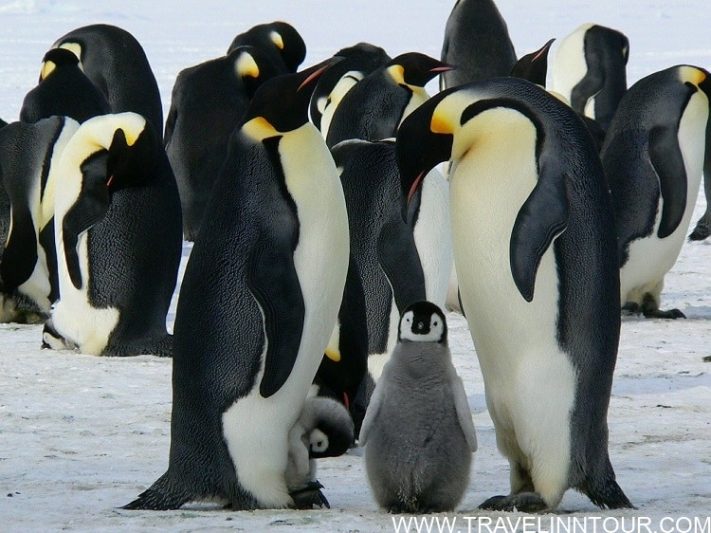
Winter With Emperor Penguins In Antarctica
He spent about fifteen months without a break at Newmaner Station Three, near Atika Bay in Antarctica, where about 10,000 Emperor penguins gather each year.
Christman said, “Winter in Antarctica means you either spend the whole season there or not for a day,”. He said that air travel from Antarctica becomes very difficult in winter and it becomes very difficult for people to come and go from there.
The Emperor Penguin’s secret weapon and strategy to survive the winter is to gather in one place. The emperor penguins gather in one place to protect themselves from the extremely low temperatures and stand close to each other and hide their heads in the penguins’ shoulders in front of them.
They gather in one place to protect each other with the help of their body heat and the temperature reaches 37 degrees Celsius in the space of this assembly. Emperor penguins were created for many things, but when it comes to breeding/mating, it is clear that it is not in their nature to balance them.
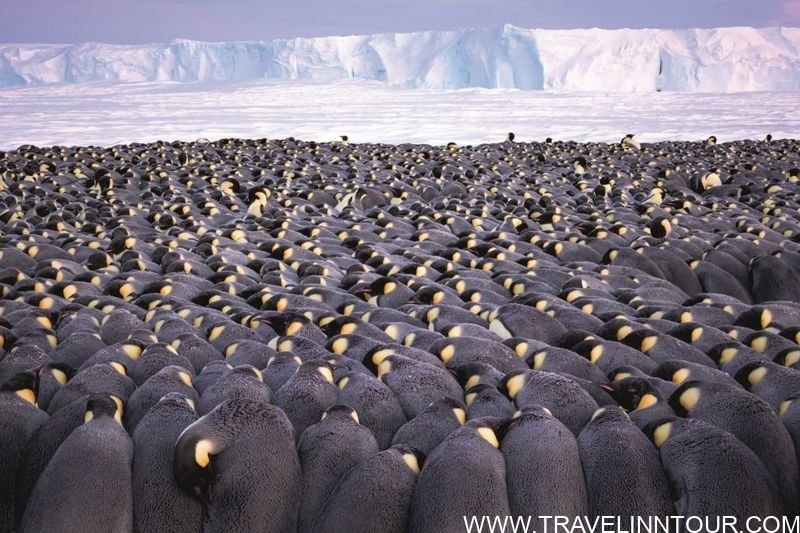
When a male penguin climbs on the back of a female penguin for intimacy, he has difficulty maintaining his balance and looks as if he is practicing surfing on the waves.
Christman describes his campaign as “very interesting as well as boring” in Antarctica. The base is very spacious and modern and there is nothing essential to normal life that you do not have.
At first, it all seems new and interesting but then you start to miss your friends and family and you miss everything you do in your home.
The worst thing here is the storms that go on for several weeks when the whole station shakes and the plates in the dining room shake. These days you feel like you’re in prison. But it is a part of life at the station and you can imagine the happy days here only when you have seen the hardest days here.
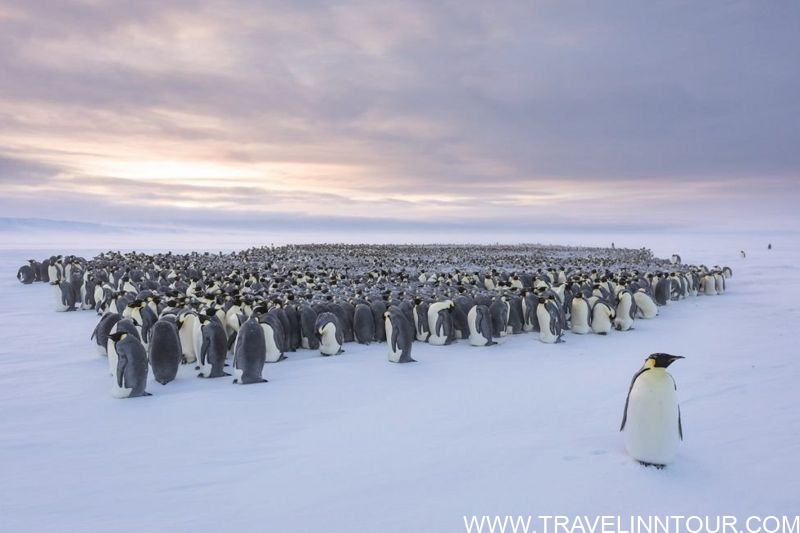
Emperor penguins do not build nests and carefully place their delicate eggs on their claws. At each step, she carefully rotates the egg so that it receives heat from all sides. When the female penguins lay eggs, they hand over the eggs to their males and leave the colony.
Female penguins need food to regain their energy immediately. In the early days of the egg-laying season, many females begin their long journey to the top of the ocean alone.
Christman and his team do not wear camouflage clothing and wear orange clothes so that they can be easily found if they get lost in a blizzard. Most emperor penguins are familiar with people walking around in orange clothes. It is not in their nature to run away because there are no land animals to hunt. They are endangered only by patrol birds and by leopard seals in the sea.
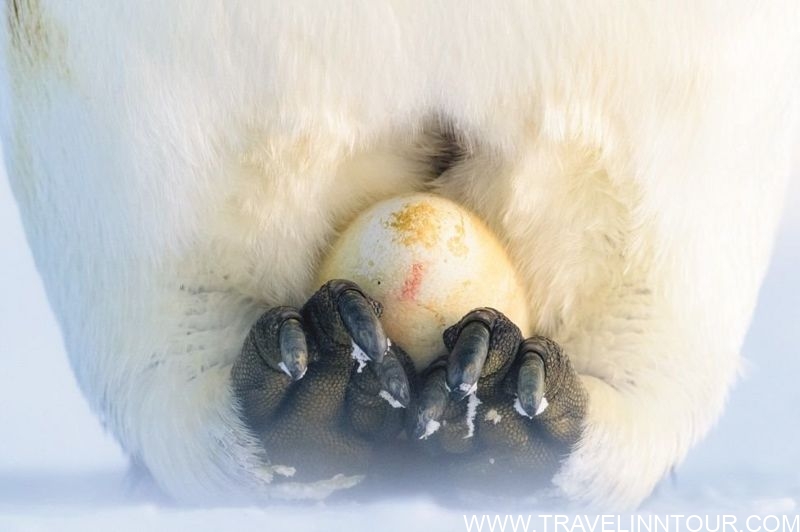

When penguins gather to save energy and heat in the cold Antarctic climate, there are always a couple of penguins that have gained heat. Most of the time they come out of their colony to greet us as we approach them carefully and slowly. We always consider them our welcoming committee.
Christman says the sounds of about 10,000 penguins are astonishing. “Their voices have the characteristic of a clarinet. For many people, this sound will be offensive and harsh but I don’t think it is true. This voice is the voice of life in this last part of the world where life is impossible so it is a very beautiful song for me.
Human beings hear all their voices the same but each one has a different voice and has its own melody and intimidation which is the separate identity of each one. Emperor penguin pairs recognize each other in thousands of identical penguins by their unique sounds and moves.
One of the behaviors of the Emperor Penguin that no one has ever understood is the play days of their children, which are decided by their parents. Usually, two adult penguins carry their young on their paws, stand in front of them and lift them up, and this is how the babies meet. Sometimes they stand so close that their chests are colliding with each other and they stand on top of each other.
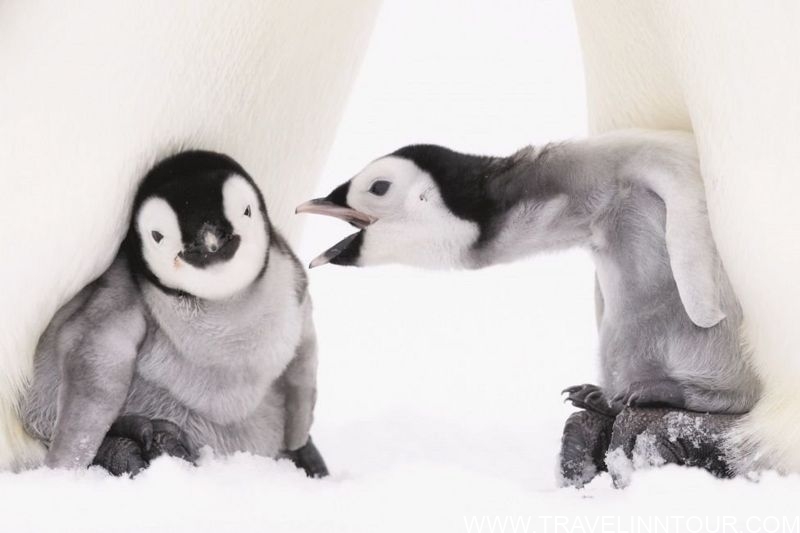
Gathering strategies Penguin babies need to learn in the early days of their lives. It’s the most beautiful thing I’ve ever seen before. Larger penguins gather in a more organized and calm manner, but smaller penguins try to jump over each other to get to the center.
Sooner or later they realize that everyone is given a chance to step in. In these fascinating scenes, Christman also warns of dangers.
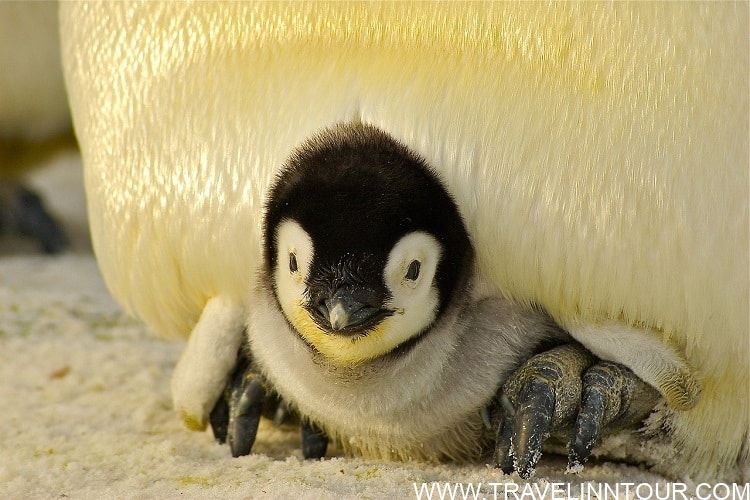



He says, rising sea temperatures over the past several decades have softened and destabilized sea ice in these areas.
Emperor penguins usually breed on sea ice, but it will be so unstable that they will have to hasten their annual sweeping process. When the time comes to return to the sea, they have to make dangerous leaps from the icy cliffs. This view is very appealing but it really shouldn’t be.
Unfortunately, the harmful effects of human methods on the natural environment can be felt even in remote areas where there are no human populations.
Save it On Pinterest,
